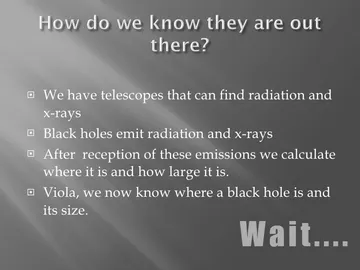
black-hole-hoax.jpg
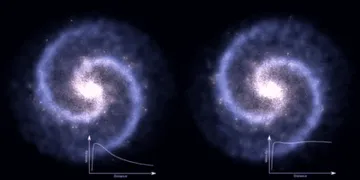
dark_matter.960x0.gif
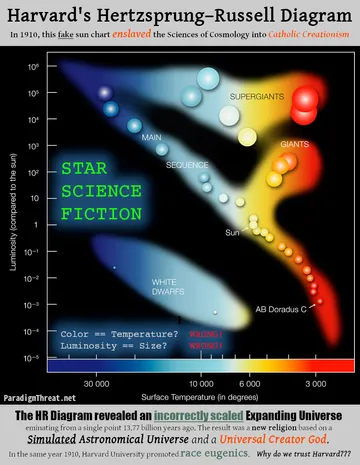
fake_sun_chart.jpg
Astronomy: The Simulated Universe.
Note: This investigation is a work in progress. Check back soon for more updates!
Johannes Kepler's Laws of Planetary Motion were correct
By 1621, in Europe, Johannes Kepler's described his Laws of Planetary Motion as they relate to the orbits of planets around the Sun. The three laws state that:
- The orbit of a planet is an ellipse with the Sun at one of the two foci.
- A line segment joining a planet and the Sun sweeps out equal areas during equal intervals of time.
- The square of a planet's orbital period is proportional to the cube of the length of the semi-major axis of its orbit.
This is observable today as it was in the 17th Century. Johannes Kepler was right!
Newton's Three Body Problem
In 1687, Isaac Newton showed that relationships like Kepler's would apply in the Solar System to a good approximation, as a consequence of his own laws of motion and law of universal gravitation. Newton’s law of universal gravitation holds that there is an “action at a distance” between every object in the universe.
This is observably, logically, and mathematically impossible. No math equation exists for calculating the Newtonian attraction between 3 or more objects. This problem is known as the n-body problem or three-body problem. Check the wiki link and see for yourself.
So the same year, Isaac Newton published in the Principia the first steps in the study of the problem of the movements of three bodies subject to their mutual gravitational attractions, but his efforts resulted nothing more than verbal descriptions and geometrical sketches.
Isaac Newton was wrong.
Size of the universe
As late as 1920 Harlow Shapley (1885-1972) of Harvard College Observatory claimed (in a public debate) that the "elliptical nebulae" were all located within our Milky Way Galaxy, and that there was nothing beyond the Milky Way was the entire Universe.
The Big Bang Theory is Catholicism disguised as Modern Science.
During and after WW1, most of the world lost faith in centralized religion. The Church needed a new religion: the Religion of Science. Modern Astronomy was then designed around the Big Bang Theory with the motive to elevate their Old Testament Creator God now as the 'One Creator God of the Universe'.
Here are some examples of the dogmatic beliefs of Religious Astronomy:
- The Universe was created by a singular Big Bang event (by whom?)
- The Universe is expanding in size (and inifinite in size too!)
- Dark Matter and Dark Energy make up 95% of the Universe.
- Galaxies are held together by the Cosmological Constant otherwise known as Dark Matter
- Light has a 'speed' and a 'speed limit'.
- Distances in space should be measured in 'light years'.
- Other galaxies exist outside our Milky Way. They are 'light-years' far away.
- Red-shifting means galaxies moving away from our galaxy at sublight-speeds.
and many more.
The Big Bang theory is based on a misinterpretation of redshift.
In 1997 Halton Arp demonstrated how redshift is a measure of age, not distance. In 2000 Ari Brynjolfsson showed how “Plasma redshift“ results from the interaction of photons with hot sparse electron plasma. High and low redshift objects are sometimes connected by a bridge or jet of matter.
Redshift is intrinsic to the observed object, thus redshift cannot be a measure of distance.
Modern astronomy surely suffers from a kind of blindness
"It is either a blindness of mind or one of practice. The continuing presence of Big Bang cosmology among those who are charged with increasing the store of scientific knowledge proves that there certainly is blindness in some form. Not only astronomers, but science reporters have lost the ability to differentiate fact from theory, thus helping to perpetuate the Big Bang. Media reports constantly assert that new discoveries confirm it when such reports are not based on observational evidence."
Einstein was wrong. He said so himself
Einstein's self-proclaimed "biggest blunder" was his postulation of a cosmological constant (a force that opposes gravity and keeps the universe from collapsing).
-- may not be such a blunder after all, according to the research of an international team of scientists that includes two Texas A&M University researchers. The team is working on a project called ESSENCE that studies supernovae (exploding stars) to figure out if dark energy -- the accelerating force of the universe -- is consistent with Einstein's cosmological constant. Texas A&M researchers Nicholas Suntzeff and Kevin Krisciunas are part of the project, which began in October 2002 and is scheduled to end next month after achieving its goal of discovering and studying 200 supernovae. The team uses a 4-meter diameter telescope in Chile during the observing season of October to December to find the supernovae.
In 1917, Einstein was working on his Theory of General Relativity and was trying to come up with an equation that describes a static universe -- one that stands still and does not collapse under the force of gravity in a big crunch. In order to keep the universe static in his theory, Einstein introduced a cosmological constant -- a force that opposes the force of gravity. Then, 12 years later, Edwin Hubble discovered that the universe is not static -- it is actually expanding. So Einstein scrapped his idea of a cosmological constant and dismissed it as his biggest blunder.
In 1998, however, two teams of scientists, one of which Texas A&M researcher Suntzeff co-founded, discovered that the universe is not only expanding, but its expansion is actually accelerating -- going faster and faster. "So there had to be some other force that had overcome the force of gravity and is driving the universe into an exponential acceleration," Suntzeff said. This opposing force is what scientists now call dark energy, and it is believed to constitute roughly 74 percent of the universe. The other constituents of the universe are dark matter, which composes about 22 percent of the universe, and ordinary matter, which is about 4 percent. "Eighty years later, it turns out that Einstein may have been right [about a cosmological constant]," Krisciunas said. " So he was smarter than he gave himself credit for."
The type of supernovae that the ESSENCE team studies all give off the same amount of energy and have essentially the same peak brightness. Researchers can compare the observed brightness of a supernova that they see in the sky to its known actual brightness to figure out how far away the supernova is. Researchers also look at what is called the redshift of the supernova, which tells them how fast the universe is expanding. When scientists compare the distance of the supernova to its redshift, they can measure the acceleration of the expansion of the universe. This acceleration is caused by the force scientists call dark energy.
The ESSENCE team can then use the value of the acceleration to figure out the density of dark energy, which they then use to calculate what is called the w-parameter. For Einstein's cosmological constant to be correct, the w-parameter must equal -1, and so far, the results of the ESSENCE project seem to confirm that it is indeed very close to -1. "The magic value is -1 exactly," Krisciunas said. "If the number turns out to be precisely -1, then this dark energy is a relatively simple thing -- it is Einstein's cosmological constant." The team won't have the final results until later next year, but right now, the measurement is coming in at -1 plus or minus 10 percent error, Suntzeff said, so the initial data seems to point to Einstein being correct.
and yet...
Edwin Powell Hubble's prediction of Expanding Universe was vindicated in 1990
Hubble's predictions should have been wrong, but 37 years after his death, the Hubble Telescope showed the world an Expanding Universe! How could this be? What was this new Big Bang Religion? How did they know Hubble would be right when they named the Telescope after him 8 years prior to launch?
Was Hubble .... right??
nope!
... to be continued
index.md
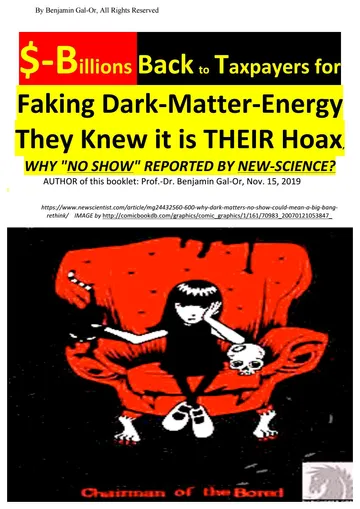
page_1.jpg
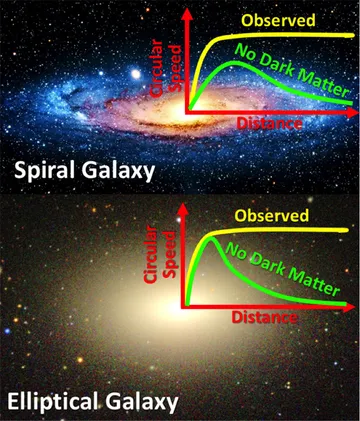
thedarkmatte.jpg
